Are Old Freehold Condos Still Profitable In Singapore?
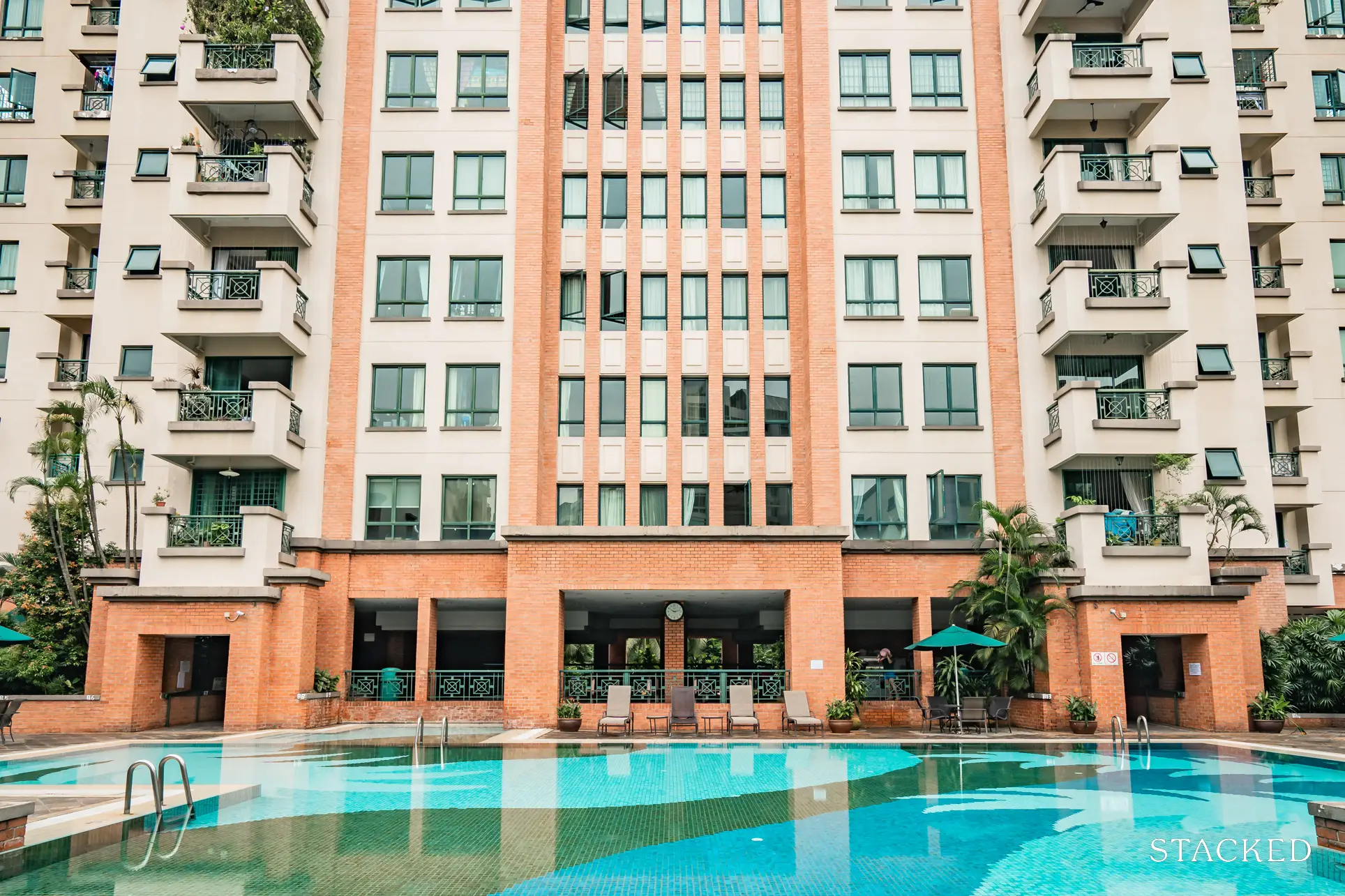
Get The Property Insights Serious Buyers Read First: Join 50,000+ readers who rely on our weekly breakdowns of Singapore’s property market.
A seasoned content strategist with over 17 years in the real estate and financial journalism sectors, Ryan has built a reputation for transforming complex industry jargon into accessible knowledge. With a track record of writing and editing for leading financial platforms and publications, Ryan's expertise has been recognised across various media outlets. His role as a former content editor for 99.co and a co-host for CNA 938's Open House programme underscores his commitment to providing valuable insights into the property market.
In theory, freehold condos should continue to appreciate well over the years. One common argument you’ll hear, for example, is that because developers won’t need to top up the lease, freehold projects have better en-bloc value and potential. But there’s growing skepticism these days, as some ponder whether maintaining a condo for 40+ years is truly viable – and with new projects appearing nearby, could a very old condo still appreciate well, even if it’s freehold? We took a look:
Average freehold condo prices based on age:
| Year/Age | Less Than 10 Years Old | Less Than 20 Years Old | Less Than 30 Years Old | Less Than 40 Years Old | 40 Years Or More | Grand Total |
| 2014 | $1,609 | $1,249 | $1,212 | $1,194 | $1,003 | $1,510 |
| 2015 | $1,588 | $1,222 | $1,124 | $1,148 | $1,029 | $1,441 |
| 2016 | $1,663 | $1,210 | $1,100 | $1,140 | $1,051 | $1,475 |
| 2017 | $1,705 | $1,235 | $1,167 | $1,180 | $1,172 | $1,505 |
| 2018 | $1,821 | $1,345 | $1,238 | $1,320 | $1,264 | $1,620 |
| 2019 | $2,118 | $1,444 | $1,308 | $1,342 | $1,279 | $1,804 |
| 2020 | $1,963 | $1,423 | $1,290 | $1,359 | $1,169 | $1,695 |
| 2021 | $2,057 | $1,621 | $1,384 | $1,445 | $1,364 | $1,816 |
| 2022 | $2,280 | $1,741 | $1,507 | $1,625 | $1,622 | $1,999 |
| 2023 | $2,459 | $1,846 | $1,617 | $1,671 | $1,567 | $2,117 |
| 2024 | $2,427 | $1,873 | $1,702 | $1,627 | $1,592 | $2,000 |
| Grand Total | $1,944 | $1,492 | $1,346 | $1,375 | $1,381 | $1,730 |
This shows the average price per square foot of a freehold condo, upon each decade it ages. For those who are interested in how it measures up versus leasehold, you can compare it to this article.
Based on the linked article, leasehold condos that are 10 years old or under average $1,410 psf, which is about 31.8 per cent lower than a freehold equivalent.
At 40+ years old, the average leasehold condo is around $997 psf, which is about 32.9 per cent lower than a freehold counterpart. This is a very slim difference, and suggests that leasehold may not fall as drastically as expected versus freehold; not even after 40+ years.
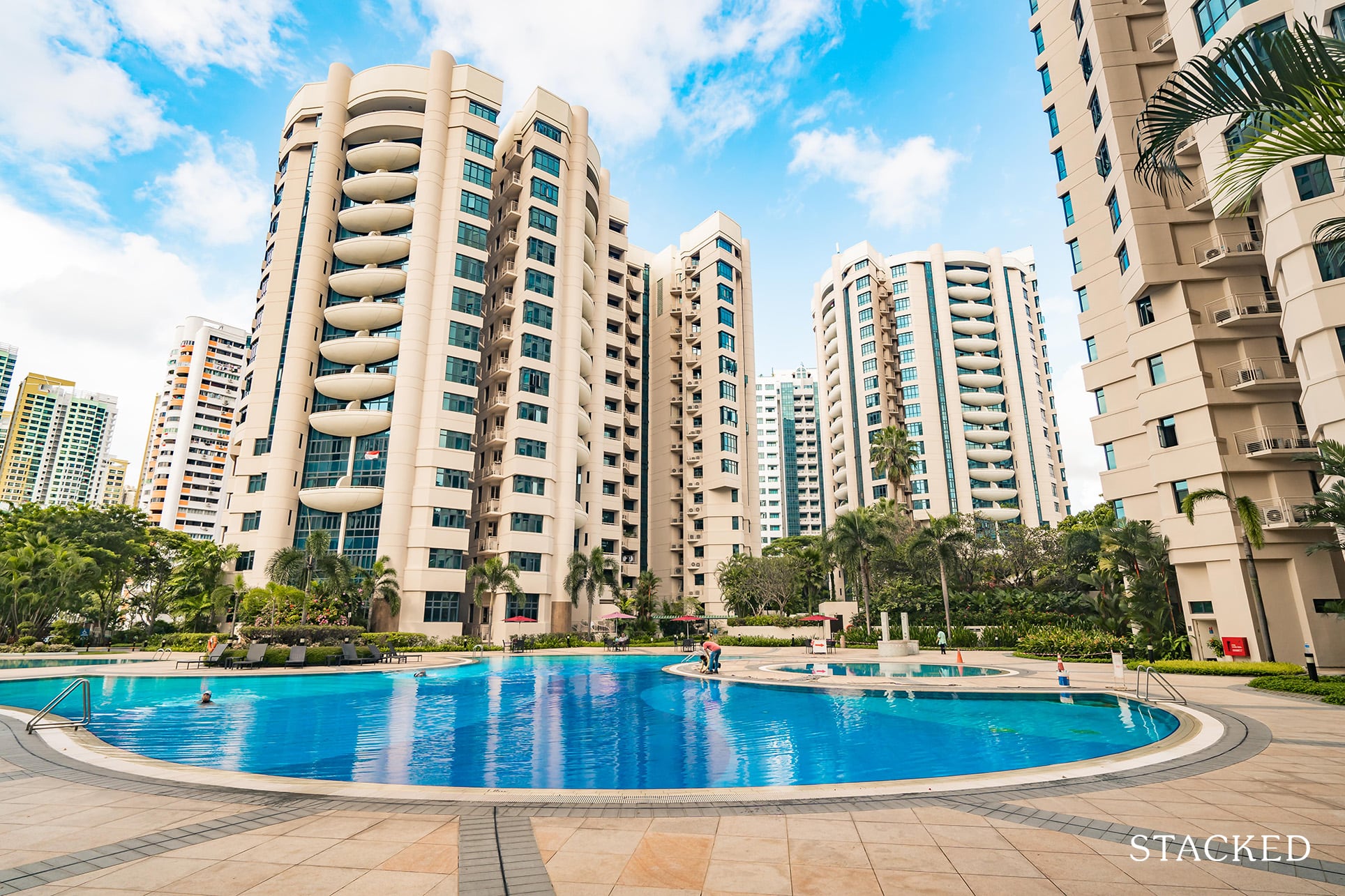
Another interesting point here is that, if you’re willing to settle for a condo that’s 30+ years old, you may be looking at a quantum of $1.6 million to $1.7 million for a 1,000 sq. ft. (roughly three-bedder) unit.
So a freehold, family-sized condo unit may still be within reach for upgraders in 2024, if they can bear with an ageing property located further away.
Let’s look at how much freehold condos appreciate on average, based on age:
More from Stacked
Why 3-Bedders May Be The Smarter Investment (Over 2-Bedders) In 2025: Here’s The Breakdown
In this Stacked Pro breakdown:
| Year/Age | Less Than 10 Years Old | Less Than 20 Years Old | Less Than 30 Years Old | Less Than 40 Years Old | 40 Years Or More |
| 2014 | |||||
| 2015 | -1.33% | -2.12% | -7.27% | -3.85% | 2.65% |
| 2016 | 4.75% | -1.02% | -2.20% | -0.69% | 2.17% |
| 2017 | 2.50% | 2.13% | 6.14% | 3.53% | 11.47% |
| 2018 | 6.84% | 8.91% | 6.11% | 11.83% | 7.83% |
| 2019 | 16.32% | 7.33% | 5.65% | 1.63% | 1.19% |
| 2020 | -7.35% | -1.47% | -1.37% | 1.29% | -8.61% |
| 2021 | 4.81% | 13.96% | 7.26% | 6.31% | 16.69% |
| 2022 | 10.84% | 7.38% | 8.89% | 12.52% | 18.89% |
| 2023 | 7.84% | 6.05% | 7.27% | 2.82% | -3.39% |
| 2024 | -1.31% | 1.46% | 5.28% | -2.66% | 1.64% |
| Grand Total | 4.39% | 4.26% | 3.58% | 3.27% | 5.05% |
| Total Volume | 33277 | 14368 | 7136 | 2195 | 569 |
The condos seem to fare better in the first two decades (perhaps because the condo isn’t considered “very old” yet), or toward the 40+ year mark, when we may be seeing a long holding period show its rewards.
Average percentage gains or losses during transactions
| Row Labels | Less Than 10 Years Old | Less Than 20 Years Old | Less Than 30 Years Old | Less Than 40 Years Old | More Than 40 Years Old | Grand Total |
| 2014 | 7.8% | 20.7% | 26.4% | 13.0% | 31.3% | 11.0% |
| 2015 | 11.9% | 24.6% | 29.1% | 31.7% | 46.0% | 16.4% |
| 2016 | 14.6% | 31.0% | 31.3% | 35.3% | 21.5% | 20.3% |
| 2017 | 15.6% | 29.1% | 31.8% | 34.4% | 24.4% | 21.0% |
| 2018 | 11.7% | 21.1% | 23.8% | 34.7% | 28.9% | 16.0% |
| 2019 | 13.7% | 26.4% | 33.3% | 33.1% | 24.7% | 19.5% |
| 2020 | 18.4% | 30.6% | 34.5% | 32.8% | 34.2% | 24.6% |
| 2021 | 13.7% | 24.0% | 24.4% | 7.5% | 32.1% | 18.9% |
| 2022 | 8.1% | 33.3% | 12.4% | 6.3% | 15.0% | |
| 2023 | 1.5% | 4.1% | 2.5% | |||
| Grand Total | 12.5% | 25.9% | 29.0% | 31.8% | 26.9% | 17.5% |
The highest percentage gains seem to come from selling between the 30 to 40-year mark, but not after. Similar to leasehold counterparts, profits may weaken past the 40-year mark due to financing issues. Banks tend to lower the maximum loan quantum at that point, which necessitates a higher cash outlay; and this may in turn exert downward pressure on prices.
Looking at performance by District
Profitability
| Year/District | D1 | D2 | D3 | D4 | D5 | D7 | D8 | D9 | D10 | D11 | D12 | D13 | D14 | D15 | D16 | D17 | D18 | D19 | D20 | D21 | D23 | D26 | D27 | D28 | Grand Total |
| 2014 | 7% | 8% | 6% | 12% | 7% | 5% | 12% | 11% | 9% | 14% | 7% | 17% | 17% | 5% | 4% | 10% | 8% | 18% | 21% | 1% | 9% | 14% | 11% | ||
| 2015 | 6% | 31% | 21% | 9% | 13% | 20% | 14% | 12% | 18% | 13% | 18% | 27% | 17% | 9% | 11% | 11% | 26% | 21% | 26% | 16% | 23% | 16% | |||
| 2016 | 31% | 9% | 21% | 7% | 16% | 16% | 22% | 20% | 18% | 13% | 12% | 23% | 25% | 20% | 15% | 14% | 33% | 29% | 33% | 27% | 24% | 20% | |||
| 2017 | 31% | 8% | 33% | 11% | 22% | 15% | 17% | 21% | 18% | 20% | 16% | 14% | 24% | 30% | 27% | 17% | 20% | 30% | 31% | 33% | 47% | 35% | 21% | ||
| 2018 | 5% | 13% | 14% | 13% | 12% | 15% | 15% | 14% | 16% | 14% | 17% | 19% | 23% | 31% | 17% | 17% | 25% | 21% | 11% | 38% | 34% | 16% | |||
| 2019 | 9% | 21% | 6% | 18% | 22% | 9% | 19% | 21% | 13% | 32% | 17% | 22% | 28% | 21% | 27% | 17% | 26% | 26% | 39% | 32% | 20% | ||||
| 2020 | 13% | 22% | 25% | 24% | 9% | 27% | 19% | 25% | 25% | 23% | 28% | 24% | 35% | 26% | 15% | 22% | 33% | 41% | 44% | 25% | |||||
| 2021 | 10% | 33% | -15% | 9% | 8% | 18% | 12% | 12% | 16% | 14% | 27% | 27% | 43% | 15% | 19% | ||||||||||
| 2022 | 3% | 16% | 37% | 4% | 7% | 15% | 11% | 15% | |||||||||||||||||
| 2023 | 0% | 2% | -2% | 10% | 3% | ||||||||||||||||||||
| Grand Total | 23% | 8% | 21% | 9% | 17% | 7% | 12% | 12% | 19% | 16% | 15% | 18% | 13% | 21% | 24% | 20% | 8% | 15% | 14% | 26% | 26% | 26% | 29% | 24% | 18% |
Volume
| Year/District | D1 | D2 | D3 | D4 | D5 | D7 | D8 | D9 | D10 | D11 | D12 | D13 | D14 | D15 | D16 | D17 | D18 | D19 | D20 | D21 | D23 | D26 | D27 | D28 | Grand Total |
| 2014 | 1 | 10 | 7 | 58 | 43 | 98 | 109 | 66 | 72 | 5 | 109 | 163 | 18 | 29 | 5 | 74 | 12 | 52 | 28 | 5 | 4 | 6 | 974 | ||
| 2015 | 4 | 1 | 33 | 27 | 76 | 116 | 60 | 62 | 24 | 71 | 163 | 18 | 26 | 3 | 64 | 22 | 46 | 22 | 8 | 2 | 6 | 854 | |||
| 2016 | 10 | 11 | 23 | 1 | 28 | 76 | 121 | 62 | 45 | 10 | 67 | 151 | 13 | 16 | 49 | 23 | 44 | 28 | 8 | 7 | 10 | 803 | |||
| 2017 | 2 | 18 | 9 | 4 | 42 | 30 | 100 | 162 | 72 | 85 | 25 | 97 | 199 | 23 | 35 | 63 | 10 | 68 | 36 | 11 | 4 | 4 | 1099 | ||
| 2018 | 6 | 7 | 38 | 20 | 75 | 95 | 55 | 96 | 10 | 87 | 141 | 15 | 21 | 1 | 55 | 7 | 39 | 25 | 5 | 3 | 2 | 803 | |||
| 2019 | 19 | 4 | 2 | 15 | 3 | 28 | 34 | 26 | 27 | 6 | 40 | 89 | 8 | 18 | 23 | 6 | 11 | 12 | 3 | 1 | 375 | ||||
| 2020 | 2 | 1 | 9 | 4 | 15 | 20 | 11 | 18 | 4 | 21 | 34 | 2 | 10 | 12 | 2 | 27 | 14 | 3 | 1 | 210 | |||||
| 2021 | 1 | 1 | 1 | 3 | 5 | 11 | 2 | 5 | 1 | 6 | 21 | 4 | 1 | 3 | 65 | ||||||||||
| 2022 | 1 | 2 | 2 | 2 | 1 | 3 | 1 | 12 | |||||||||||||||||
| 2023 | 1 | 2 | 1 | 1 | 5 | ||||||||||||||||||||
| Grand Total | 3 | 56 | 43 | 19 | 222 | 1 | 157 | 474 | 672 | 357 | 410 | 85 | 499 | 965 | 97 | 159 | 9 | 341 | 82 | 291 | 165 | 43 | 21 | 29 | 5200 |
Unfortunately, this isn’t too useful, because freehold properties tend to cluster heavily in some areas but are very rare in others.
In Districts 9 and 10 for example (the Orchard to Bukit Timah areas), it’s more common to find older freehold rather than leasehold properties; conversely, District 25 (Woodlands) doesn’t even appear, as almost everything there is leasehold.
For some of these districts, the transaction volume is so low that the “average” gains don’t mean much, and prices can be volatile. So the gains in Districts like 9 or 10 may provide a more accurate depiction of the area (we’d be careful with District 15, as the area includes many boutique freehold condos that can be quite volatile).
When is the freehold premium worth paying?
In general, the freehold premium (about 15 to 20 per cent higher than a leasehold) only starts to pay for itself much later on. If you’re going to sell within a short period like 10 years, for example, the freehold status doesn’t really mean much; but if you’re selling only in 30+ years, then it may prove its worth without the lease decay.
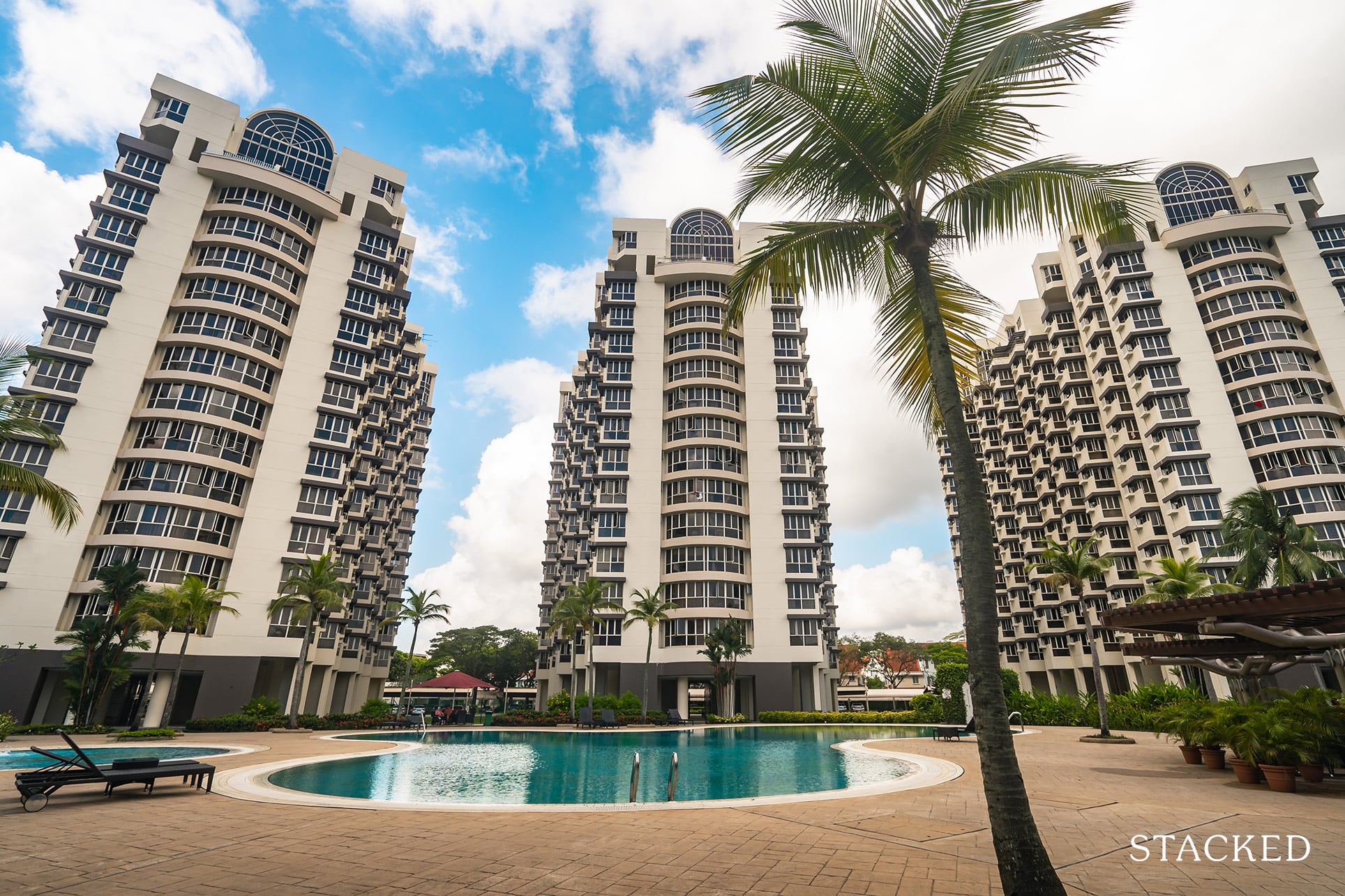
Due to the long holding period, a concern for homeowners is how well the condo is maintained. This could be an issue in very big developments with lots of facilities – you have to question if the multiple swimming pools, landscaped areas, BBQ pits, etc. will still look good after you hold for so long. Freehold status protects your property from lease decay, but not from declining condo management.
For more on the Singapore private property market, as well as reviews of new and resale condos alike, follow us on Stacked. If you’d like to get in touch for a more in-depth consultation, you can do so here.
Ryan J. Ong
A seasoned content strategist with over 17 years in the real estate and financial journalism sectors, Ryan has built a reputation for transforming complex industry jargon into accessible knowledge. With a track record of writing and editing for leading financial platforms and publications, Ryan's expertise has been recognised across various media outlets. His role as a former content editor for 99.co and a co-host for CNA 938's Open House programme underscores his commitment to providing valuable insights into the property market.Read next from Property Investment Insights

Property Investment Insights How Much More Should You Really Pay for a Higher Floor or Sea View Condo?
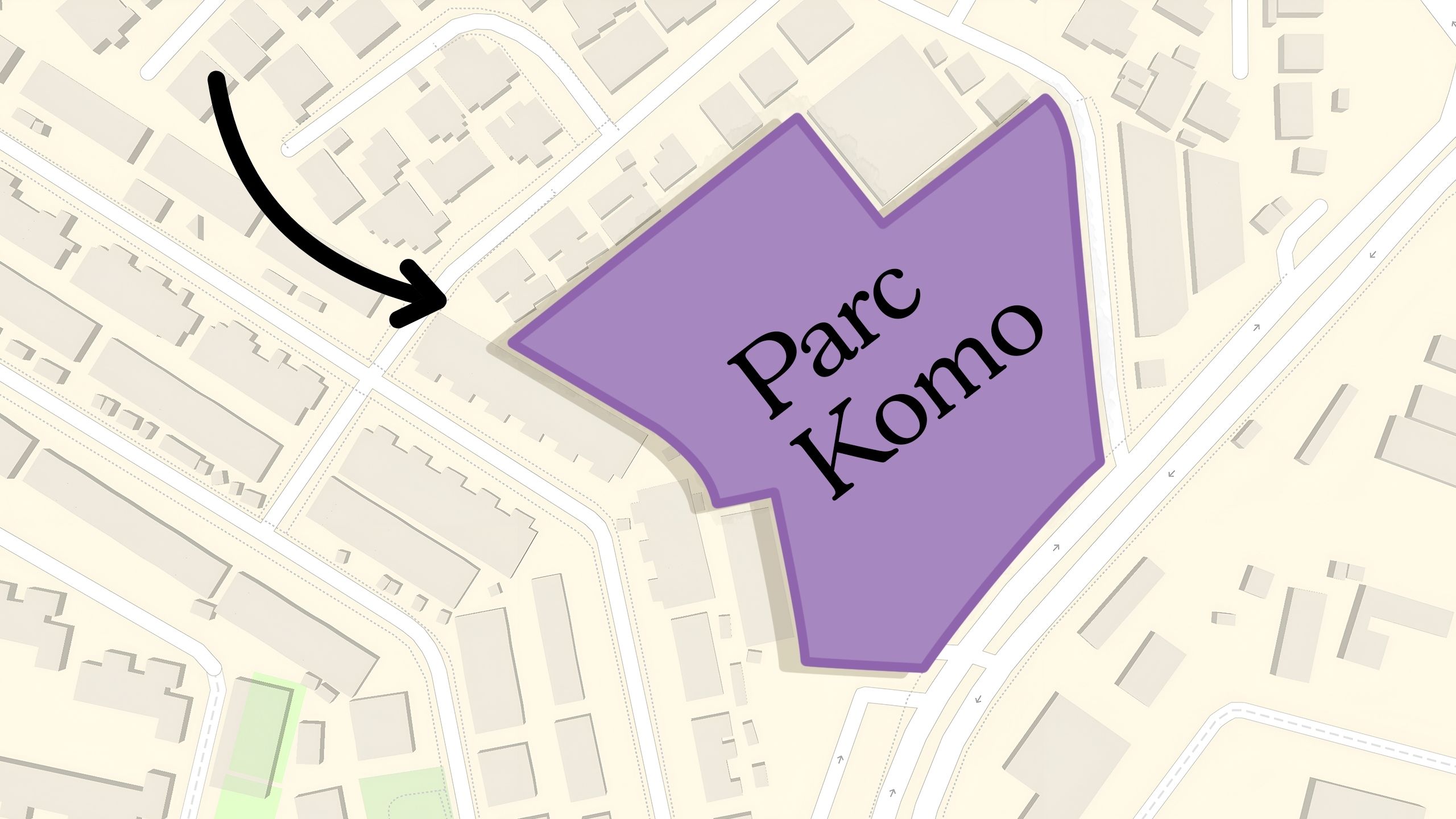
Property Investment Insights Why This Freehold Mixed-Use Condo in the East Is Underperforming the Market

Property Investment Insights Why This Large-Unit Condo in the Jervois Enclave Isn’t Keeping Up With the Market
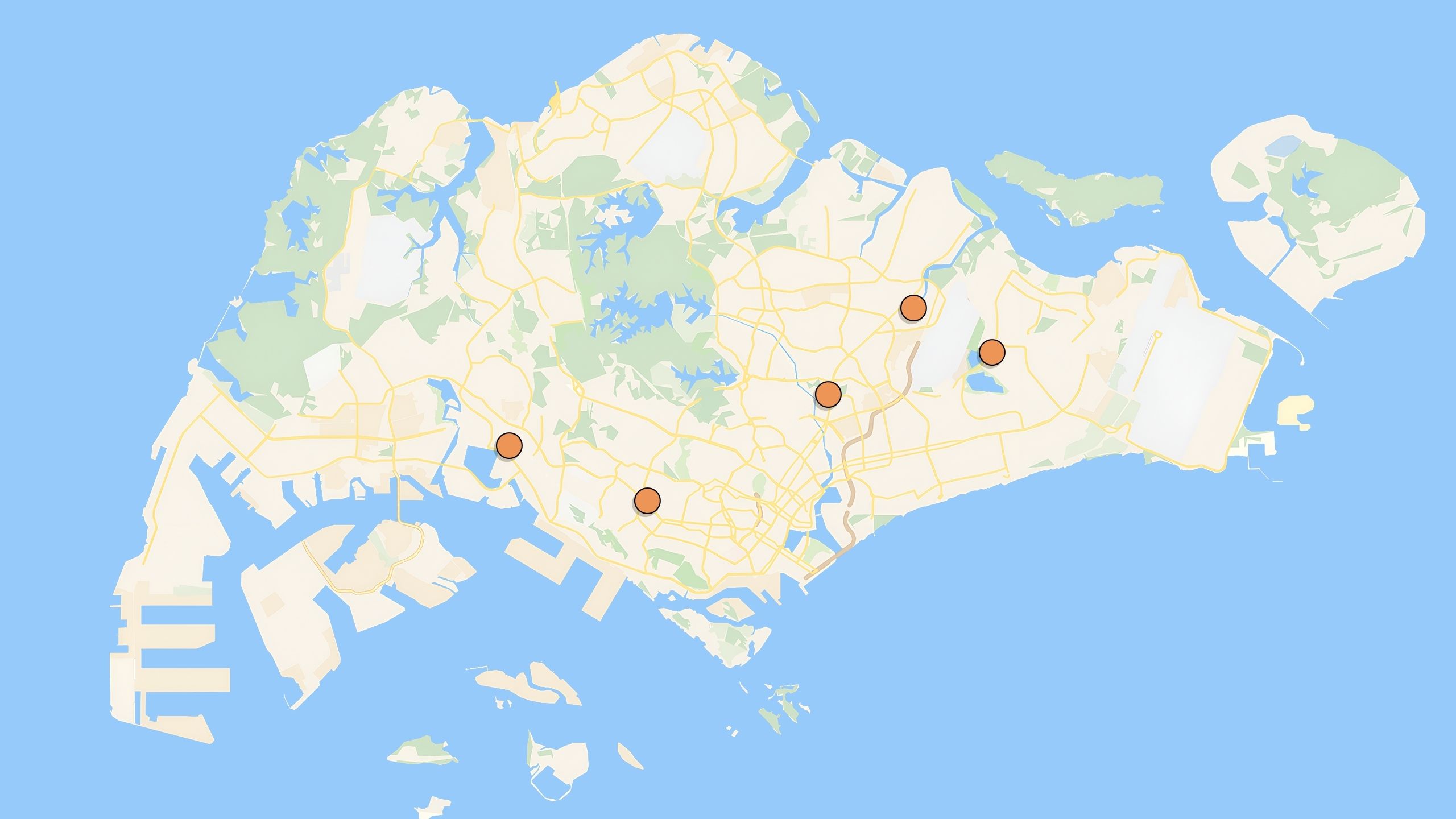
Property Investment Insights These 5 Condos In Singapore Sold Out Fast in 2018 — But Which Ones Really Rewarded Buyers?
Latest Posts
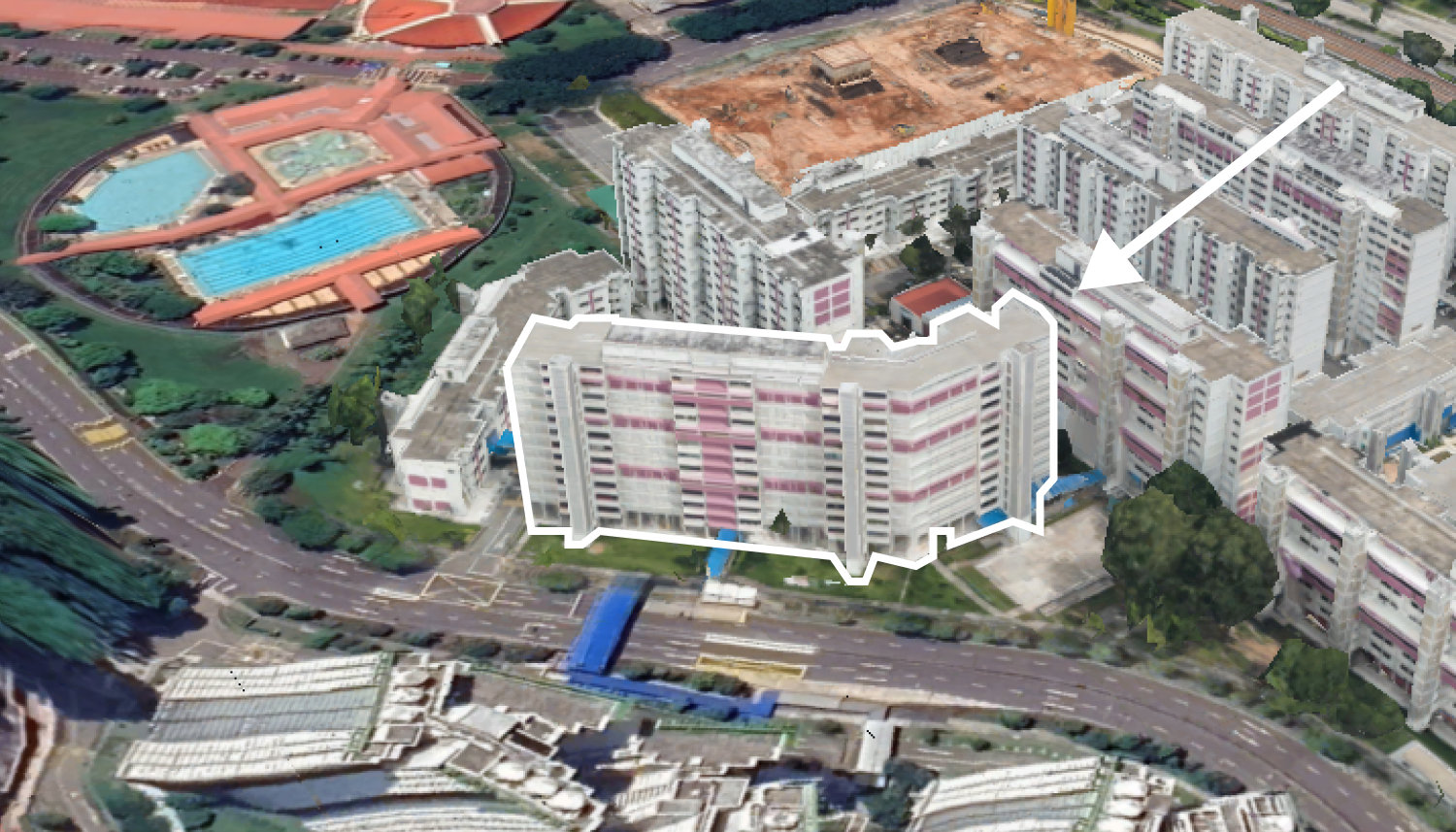
On The Market 5 Spacious 5-Room HDB Flats Under $600K You Can Still Buy Today
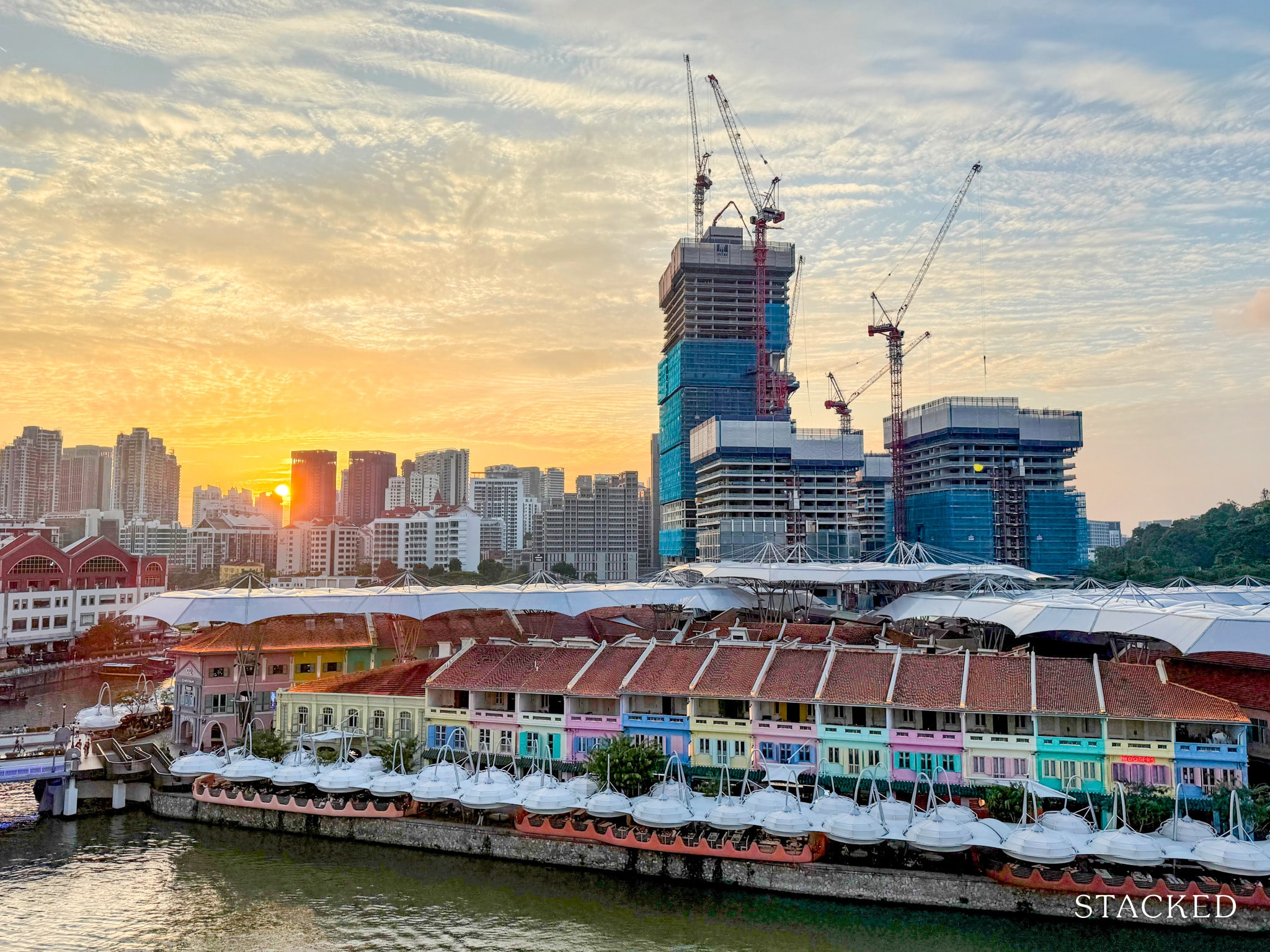
Property Market Commentary 7 Close To TOP New Launch Condos In 2026/27 For Those Looking To Move In Quick

Property Advice I Own A 55-Year-Old HDB Flat, But May Have To Sell — Can I Realistically Buy A Freehold Condo With $700K?

Property Market Commentary Why It’s So Much Harder For Young Singaporeans To Buy A Home Today
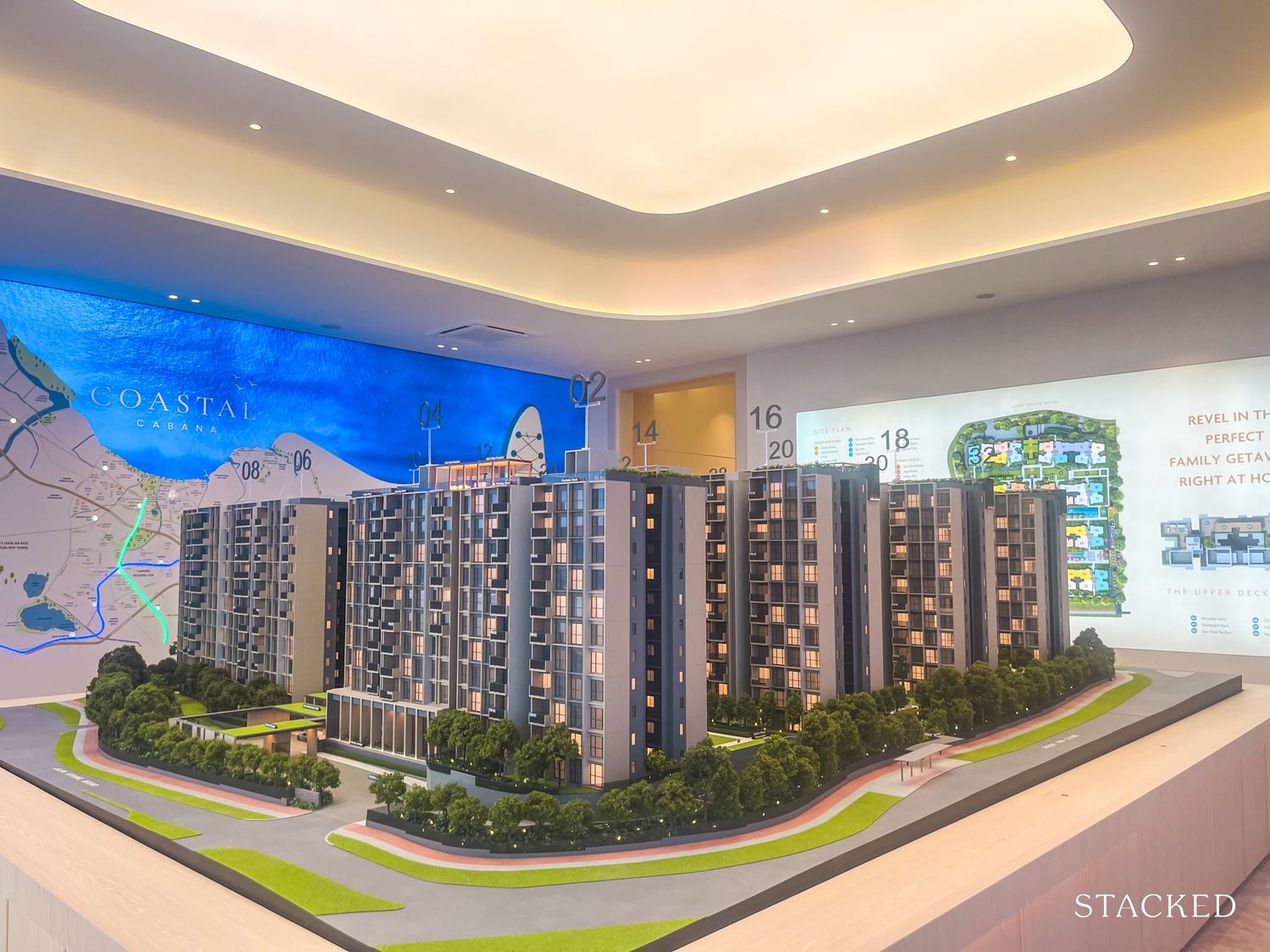
New Launch Condo Reviews Coastal Cabana EC Review: A Unique EC With Sea Views Priced From $1.438M

Property Market Commentary Which HDB Towns Sold the Most Flats This Year? The 2025 Rankings Reveal Some Surprises
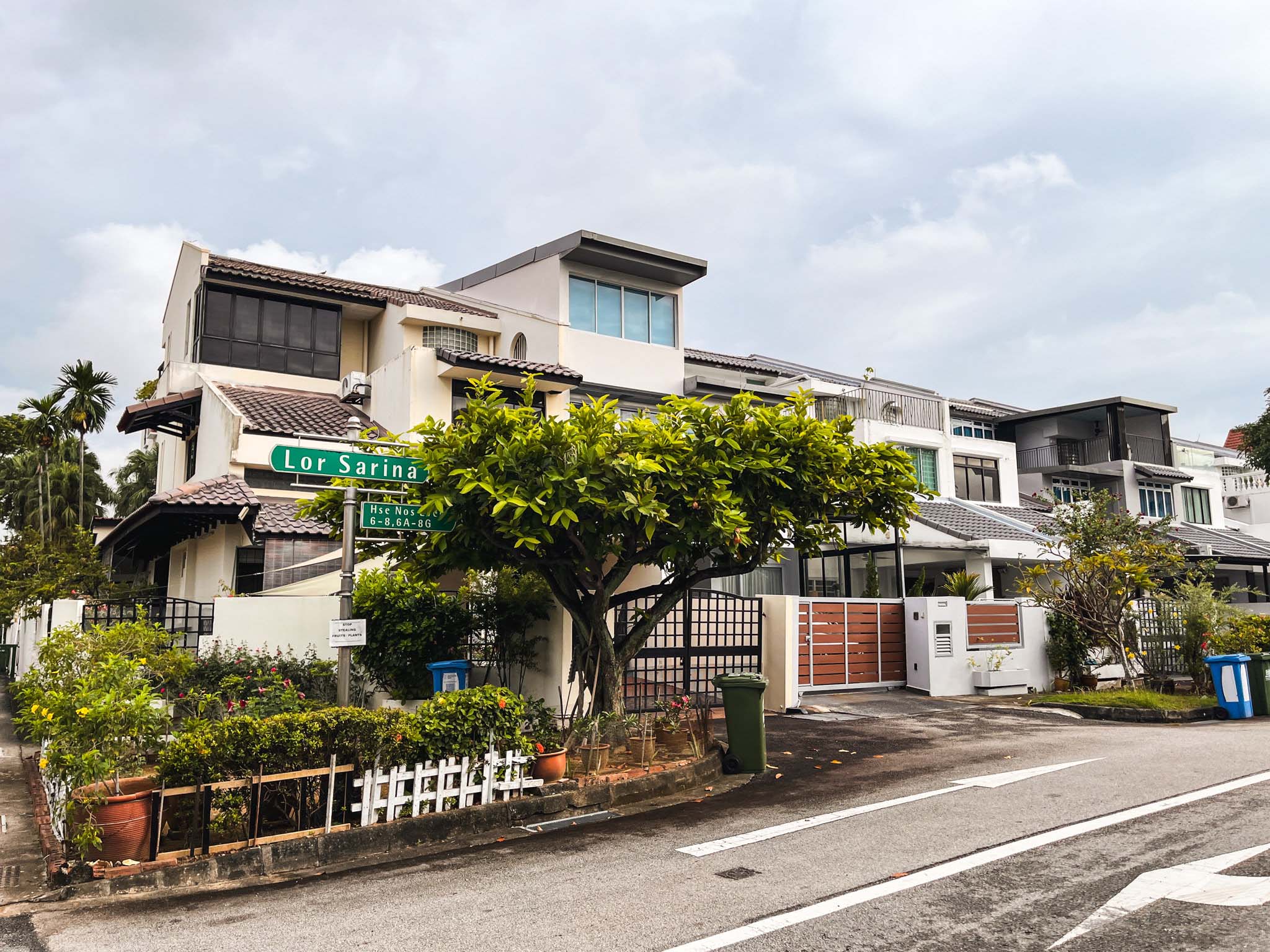
Landed Home Tours We Toured a Freehold Landed Area Buyers Overlook — It’s Cheaper (and Surprisingly Convenient) From $3.2M
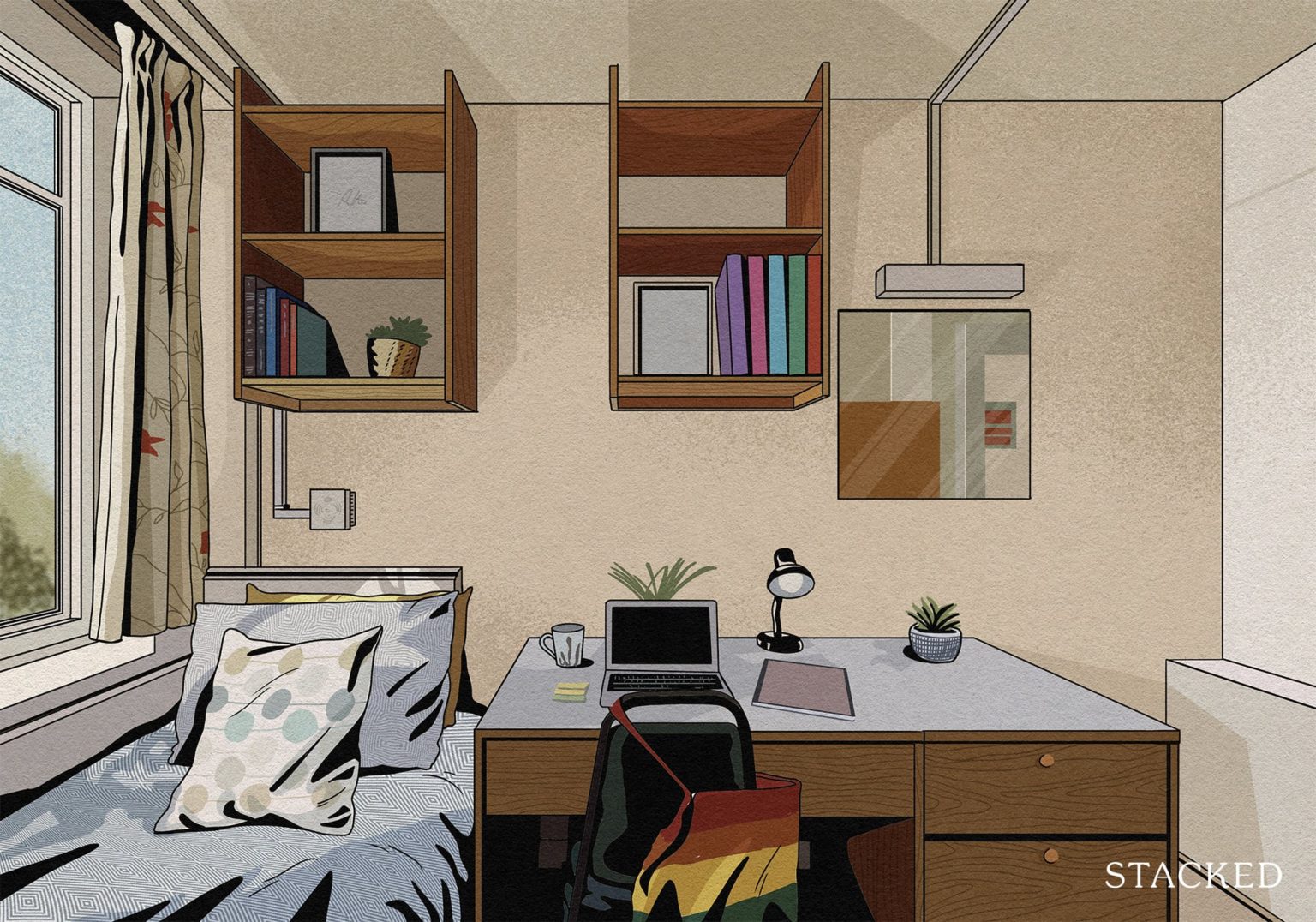
Singapore Property News The Hidden Costs of Smaller Homes in Singapore
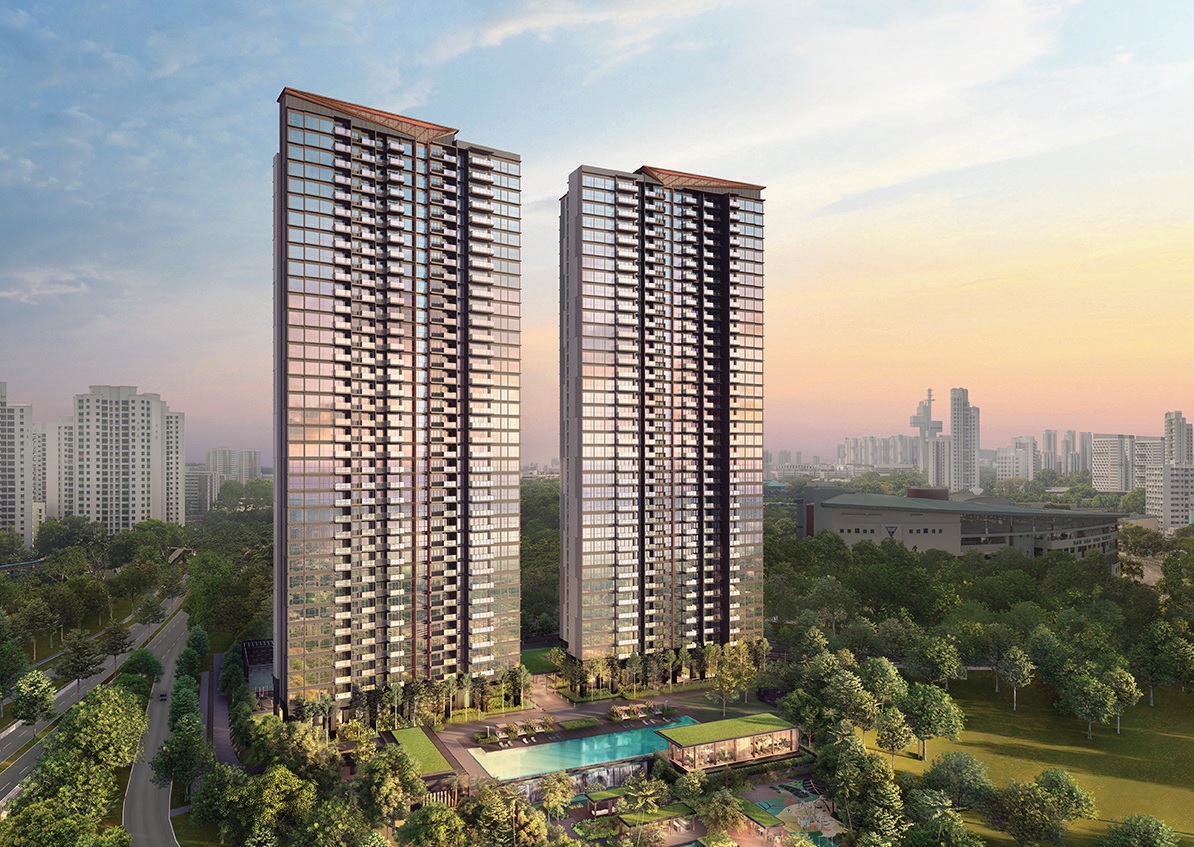
Property Advice We Own A 2-Bedder Condo In Clementi: Should We Decouple To Buy A Resale 3 Bedder Or Sell?
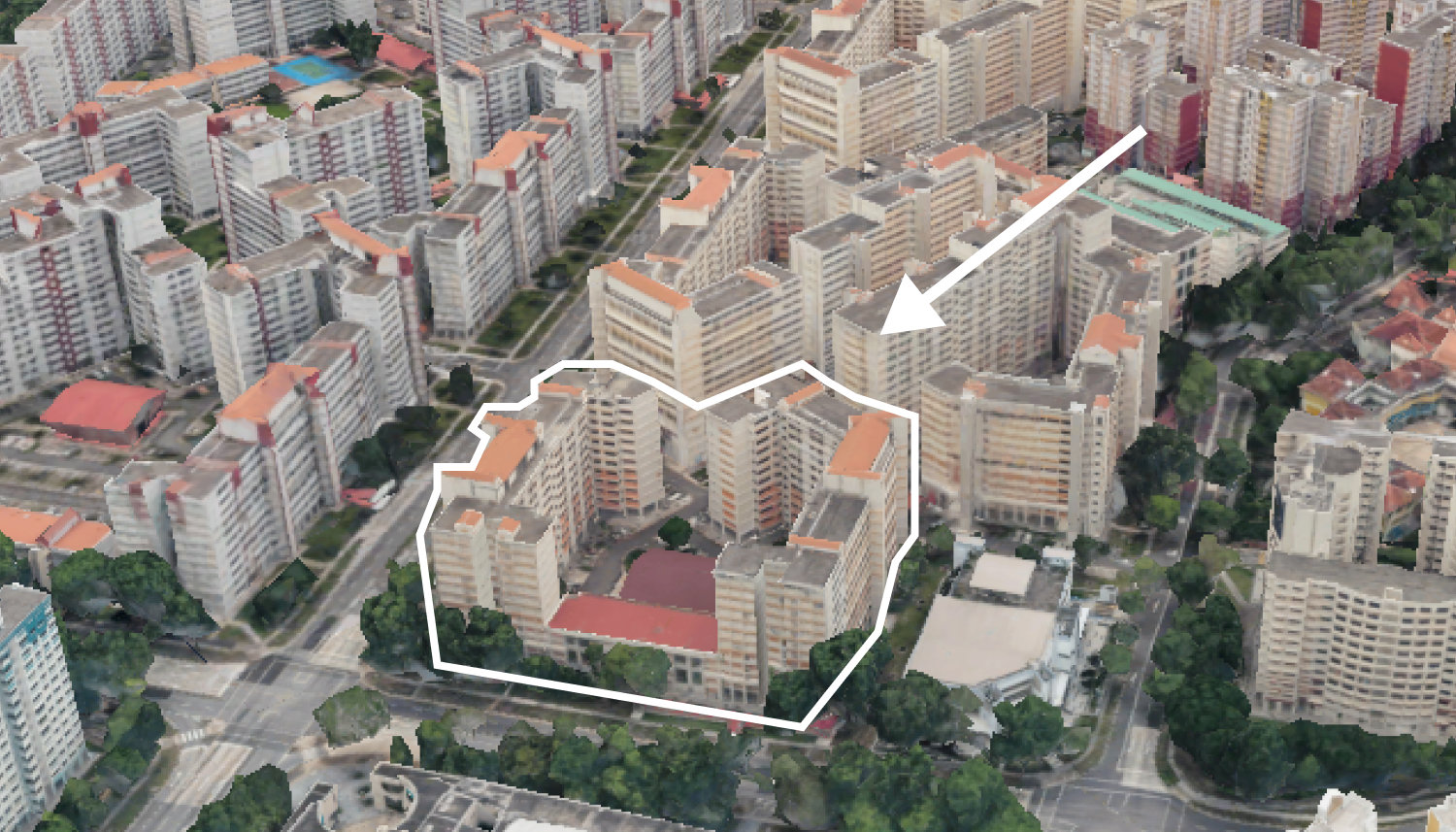
On The Market We Found the Cheapest Yet Biggest 4-Room HDBs You Can Buy From $480K
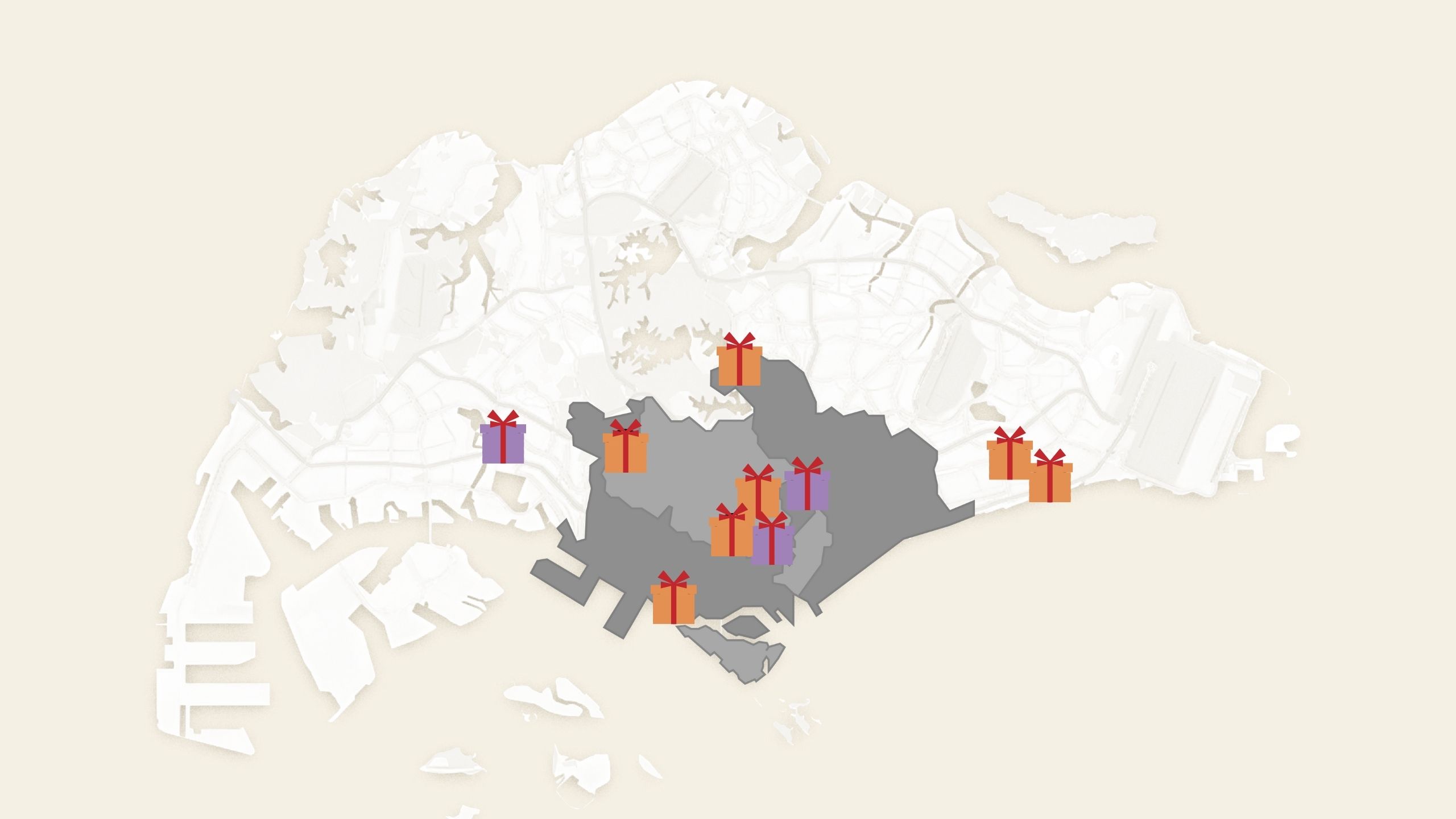
Singapore Property News 10 New Upcoming Housing Sites Set for 2026 That Homebuyers Should Keep an Eye On

Homeowner Stories I Gave My Parents My Condo and Moved Into Their HDB — Here’s Why It Made Sense.
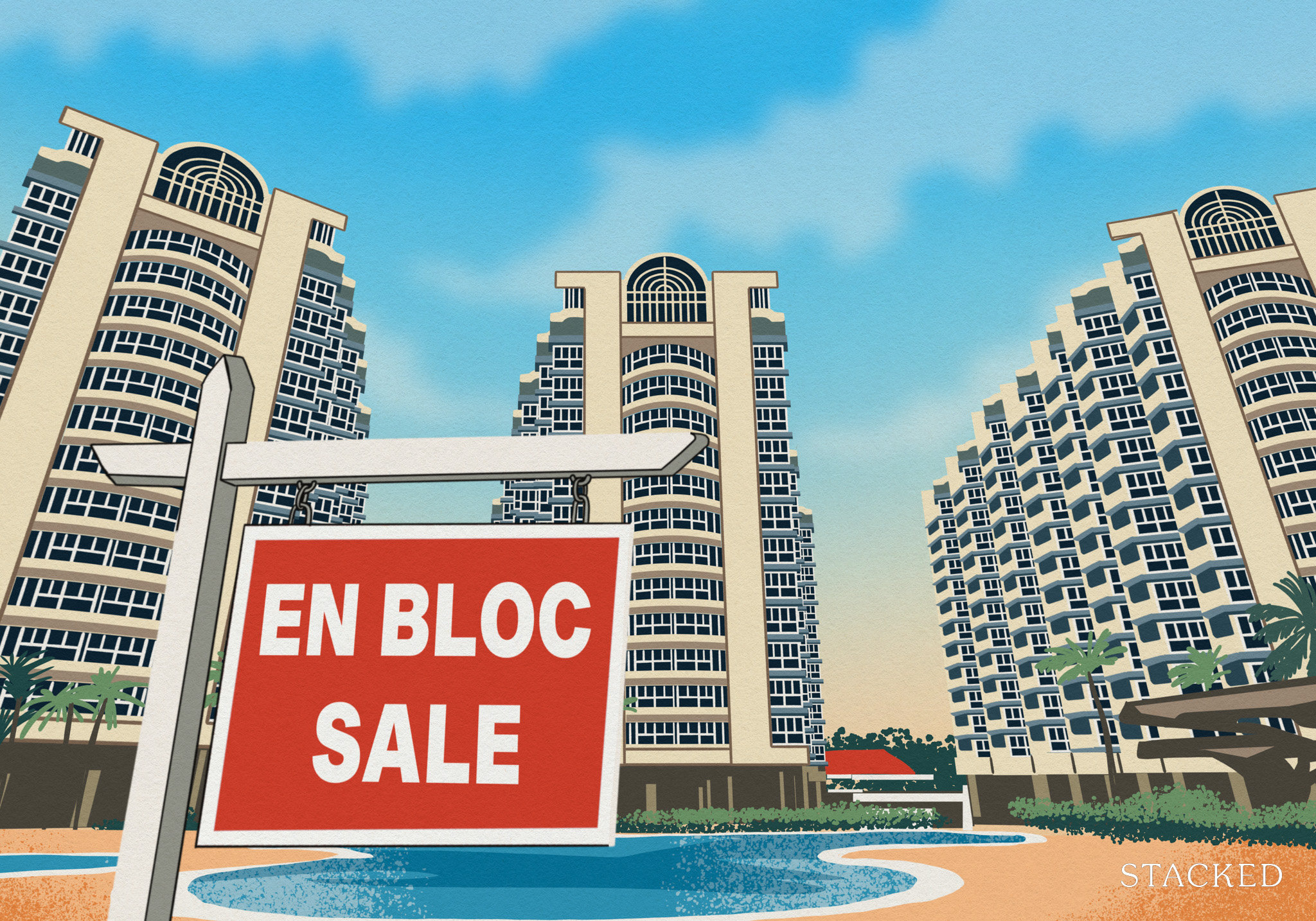
Singapore Property News Will Relaxing En-Bloc Rules Really Improve the Prospects of Older Condos in Singapore?
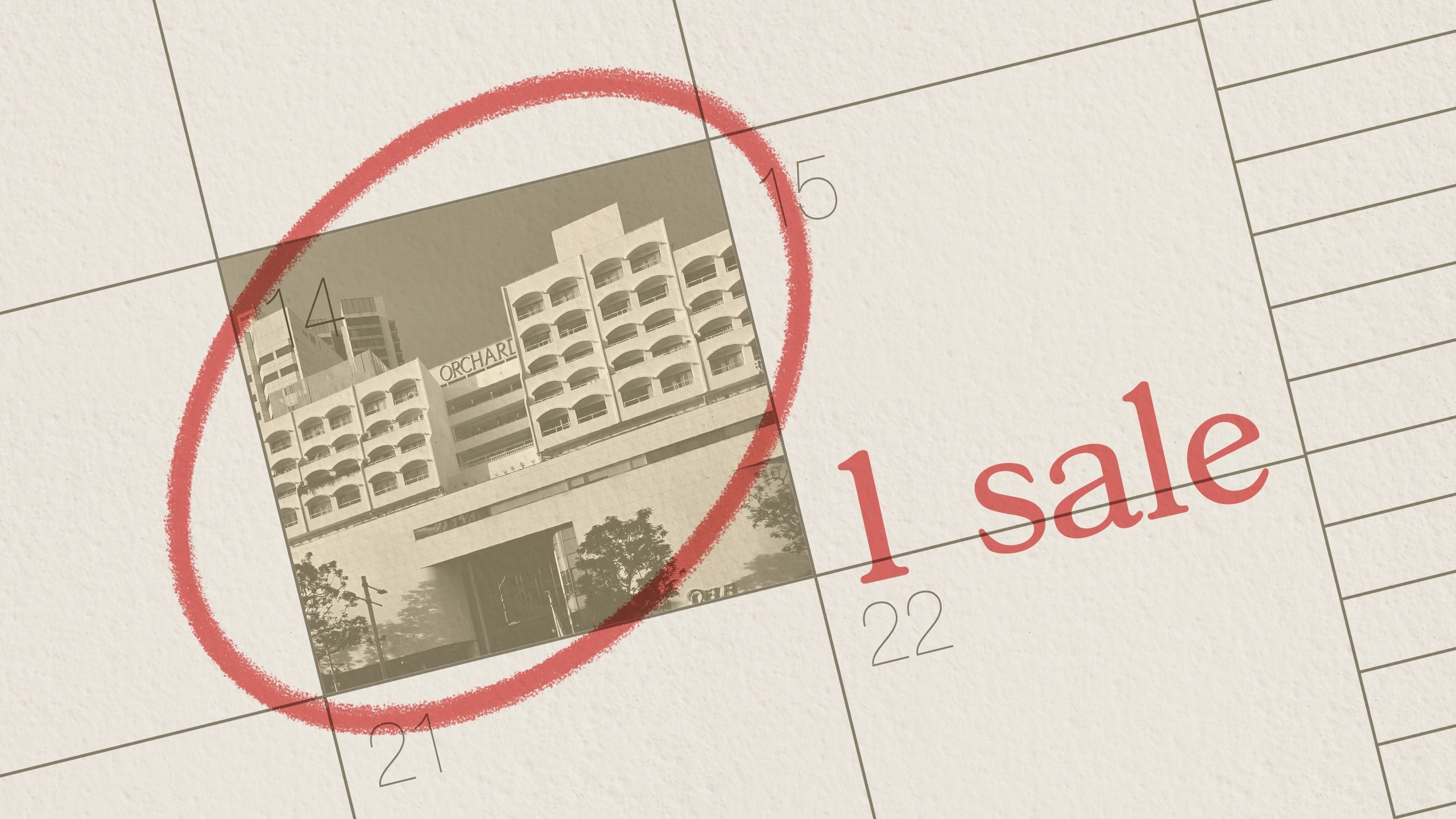
Property Market Commentary The Rare Condos With Almost Zero Sales for 10 Years In Singapore: What Does It Mean for Buyers?
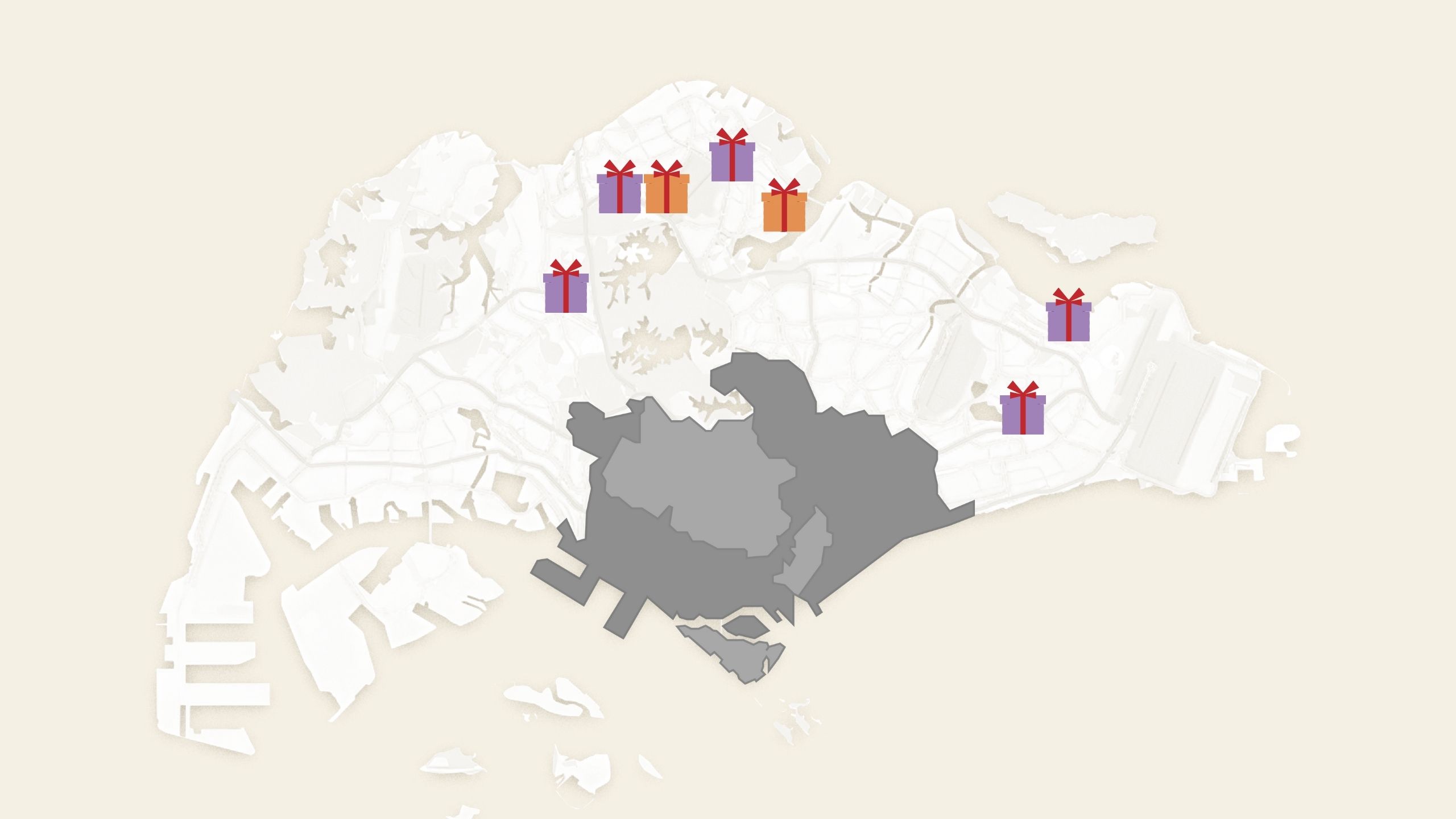
Property Market Commentary 5 Upcoming Executive Condo Sites in 2026: Which Holds the Most Promise for Buyers?
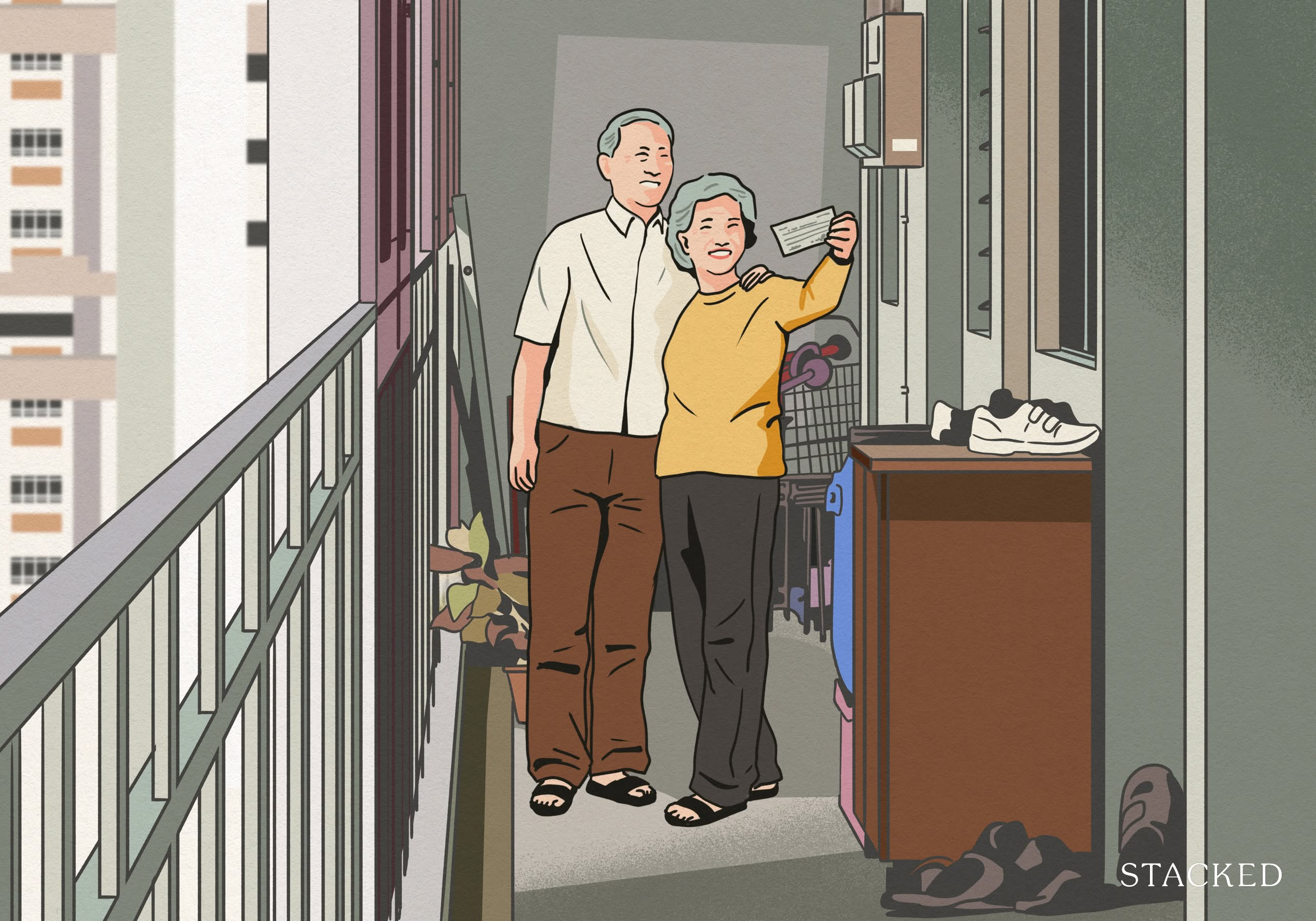


Maybe an old condo comes with a plot ratio that is lower than maximum allowance,
whereas newer condos would have been built to latest max plot ratio allowed